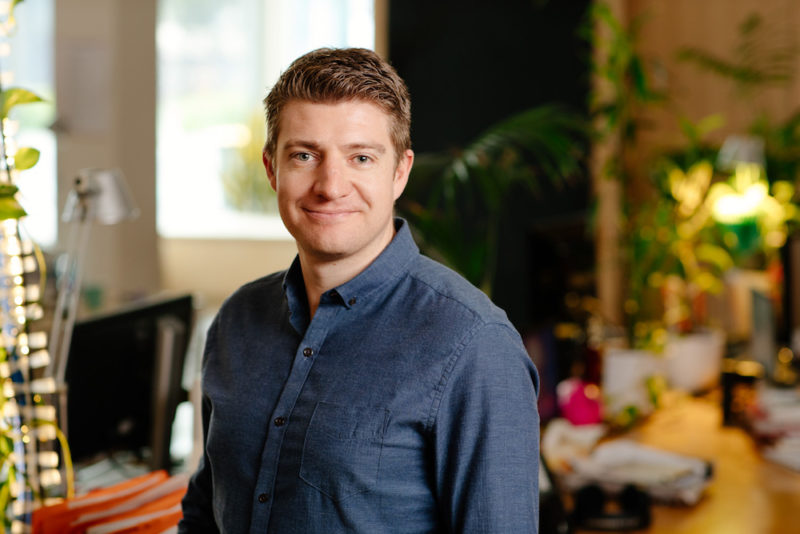How can PR adapt to a new, more concentrated media landscape?
Only the most agile practitioners and agencies will adapt to the faster and more concentrated media landscape Australia will see after the Nine-Fairfax merger, writes Tim Lele, Keep Left’s head of corporate communications.
The future of quality journalism and diversity of Australia’s media landscape is again a topic of concern and pessimism following the Nine Entertainment and Fairfax Media merger news.
For a PR consultant with many friendly working relationships with journos across the country, it’s always a kick in the guts to hear of layoffs and media house mergers, that typically see the bylines of talented and experienced journalists fade from our mastheads.



Some good points here – until the author writes “pretend your explaining it to a 12 yo”.
Spelling mistakes like that are used by journos to sort the PR chaff from the wheat.
Thanks for picking that up, Liz.
Paul Wallbank
Is that why I spot a spelling error whenever I read a major masthead on the weekends? Come on – we’re all human. Show me any media and communications professional who has never made a spelling or grammatical error.
Australia’s contracting media landscape saddens me. It’s happening in the US and probably every other country as well, but not at the same rate.
I am old enough (barely) to remember multiple competing newspapers — morning and evening — in the same city, countless specialty magazines, editorial cartoonists and other relics of a fading media era.
PR teams, journos and readers will adapt, but a great country deserves great — and diverse — journalism.
How is PR even a thing anymore?!
Everything they do is already done by media agencies or the clients themselves!
This consolidated landscape isn’t the worst thing ever – finally we are going to see redundant fields like PR evaporate.